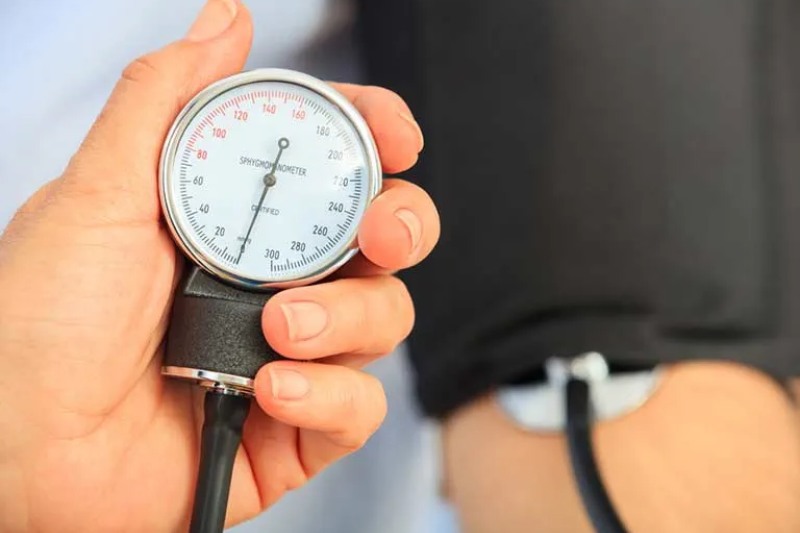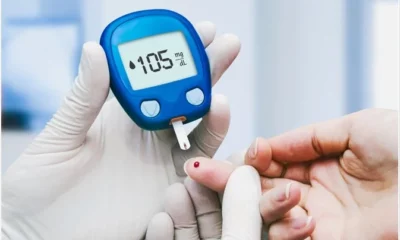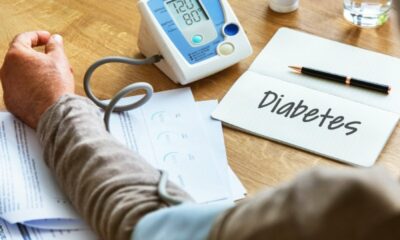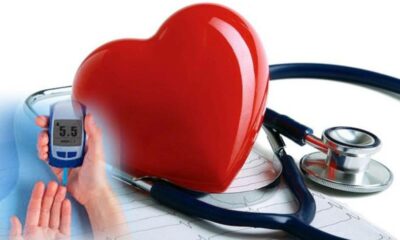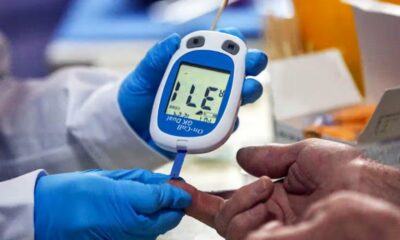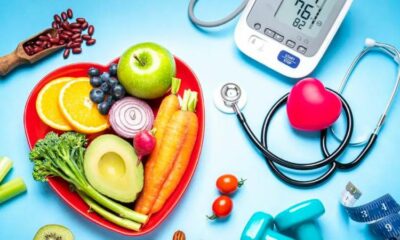According to a recent study from the Texas A&M University School of Public Health, patients who routinely check their blood pressure outside of the clinic typically experience cheaper health care costs and a higher quality of life.
Professor Hye-Chung Kum, who also serves as the director of the school’s Population Informatics Lab and the Department of Health Policy and Management, oversaw a team of researchers from the University of Alabama at Birmingham, Texas A&M University College of Engineering, and the School of Public Health as they reviewed the literature on the advantages, disadvantages, and effectiveness of patients with hypertension monitoring their own blood pressure. The study, which was published in JAMA, can assist policymakers, healthcare professionals, and patients in making decisions about the benefits of self-monitoring programs.
“We collected peer-reviewed English language articles that included patients with high blood pressure, excluding studies that included children and pregnant women to ensure consistency in their analysis,” said Michelle Hayek, graduate research assistant in the Population Informatics Lab. “We excluded duplicate articles and those that didn’t compare the costs and benefits of at-home and clinical blood pressure monitoring.”
Both ambulatory blood pressure readings (ABPM) and at-home blood pressure measurements (HBPM), which are automatically gathered over a 24-hour period, are included in self-monitoring blood pressure. The study team discovered that, in almost 60% of the 16 papers they examined for analysis, ambulatory or at-home blood pressure monitoring proved to be more affordable than traditional blood pressure monitoring in a doctor’s office.
According to the analysis, HBPM was most economical when used in conjunction with additional assistance. The assessment also determined that ABPM was the most economical approach. The economic benefits of self-monitoring methods with extra assistance, however, became more noticeable over longer timeframes and less noticeable over six to 24 months. This might be as a result of the hefty setup fees for self-monitoring systems, which include gear and instruction.
The results of the evaluated trials indicate potential long-term benefits in terms of blood pressure control, reductions in unfavorable outcomes, and enhancements in patient quality of life. These advantages might make starting a self-monitoring program more cost-effective than using conventional techniques.
The identification of hidden hypertension and the mitigation of white-coat hypertension are two further advantages of self-monitoring, and ABPM in particular. High blood pressure that is missed during standard in-clinic testing is known as “masked hypertension.” White-coat hypertension, on the other hand, is elevated blood pressure that is only noticeable when examined by a medical professional. Better management of difficult-to-detect masked hypertension and the avoidance of needless medications for white-coat hypertension may result from this.
The research also found that self-monitoring at home improved patient motivation, facilitated communication with healthcare professionals, and provided advice more quickly. The researchers also point out that variations between at-home and in-clinic therapy may have been impacted by patient preferences. Thus, patient preferences should be the main focus of future research. Furthermore, additional research comparing various methodologies in depth is needed.
The results of this research demonstrate that, in comparison to traditional care, self-monitoring of blood pressure has the potential to yield superior results and economic benefits. More knowledge on the advantages of at-home blood pressure monitoring will assist patients and healthcare professionals in determining the most effective strategies to treat hypertension and enhance the health of millions of people.
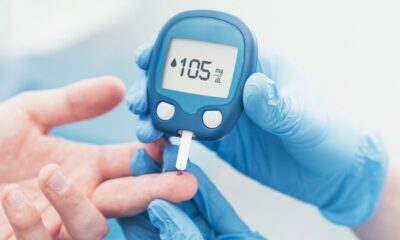
 Diabetology2 weeks ago
Diabetology2 weeks ago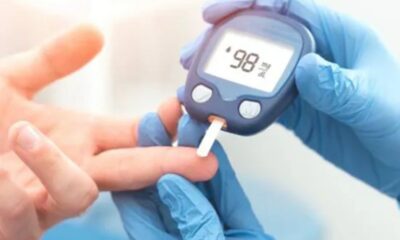
 Diabetology7 days ago
Diabetology7 days ago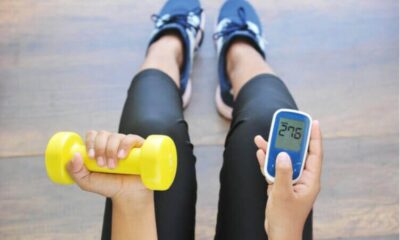
 Diabetology7 days ago
Diabetology7 days ago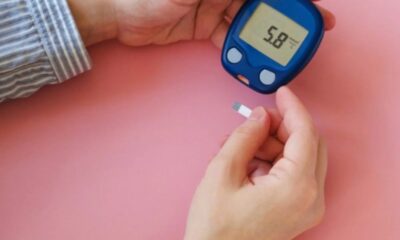
 Diabetology4 days ago
Diabetology4 days ago
 Diabetology15 hours ago
Diabetology15 hours ago
